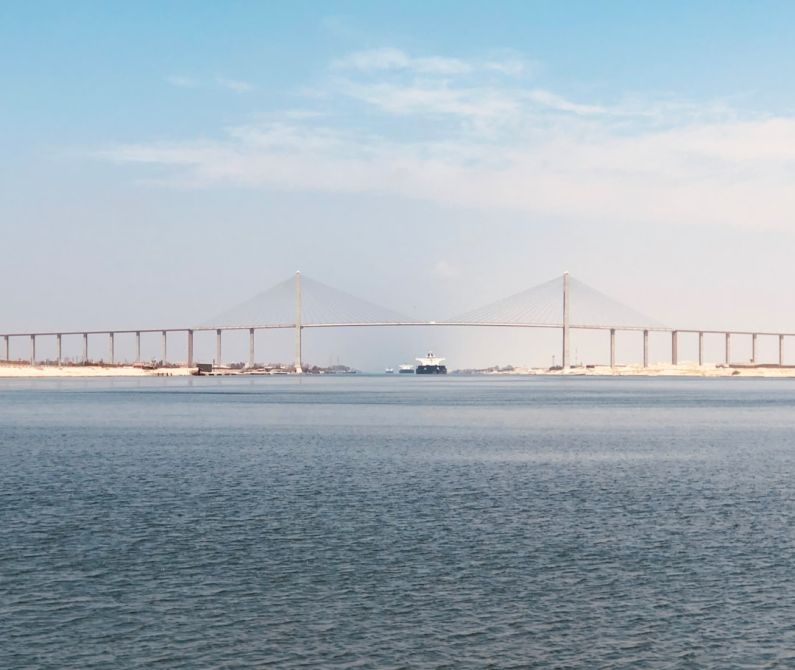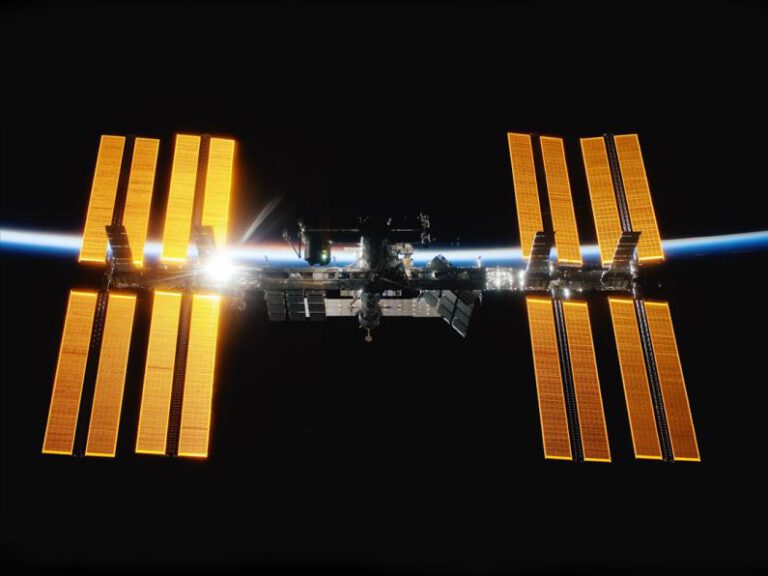Transforming Trade: the Suez Canal Extension
The Suez Canal, a crucial waterway connecting the Mediterranean Sea to the Red Sea, has been a vital route for international trade since its opening in 1869. Over the years, the canal has undergone various upgrades and expansions to accommodate the increasing demands of global shipping. The most recent development, the Suez Canal Extension, promises to revolutionize trade routes and bolster economic growth for countries around the world.
Enhancing Efficiency and Capacity
One of the primary objectives of the Suez Canal Extension is to enhance the efficiency and capacity of the canal. By widening and deepening certain sections of the waterway, larger vessels will be able to pass through, reducing congestion and waiting times. This improvement in capacity will not only benefit shipping companies by allowing them to transport more goods in a shorter amount of time but also boost the overall efficiency of global trade.
Shortening Transit Times
Another significant advantage of the Suez Canal Extension is the potential to shorten transit times for ships traveling between Europe and Asia. By providing a more direct and efficient route, vessels will be able to reach their destinations quicker, saving time and fuel costs. This reduction in transit times will not only benefit shipping companies but also have a positive impact on the global economy by facilitating faster trade and delivery of goods.
Facilitating Trade Growth
The Suez Canal Extension is expected to facilitate trade growth by attracting more vessels to utilize the canal as their preferred route. As the waterway becomes more efficient and cost-effective, shipping companies are likely to choose the Suez Canal over alternative routes, such as the longer journey around the Cape of Good Hope. This increase in traffic will not only generate more revenue for the canal but also stimulate economic growth for the countries bordering the canal and beyond.
Environmental Considerations
While the Suez Canal Extension offers numerous benefits for global trade, it is essential to consider the environmental impact of such a large-scale project. Efforts have been made to mitigate the environmental consequences of the extension, including measures to protect local ecosystems and marine life. By implementing sustainable practices and technology, the canal authorities aim to minimize the ecological footprint of the project and ensure the long-term health of the surrounding environment.
Strategic Implications
From a strategic perspective, the Suez Canal Extension has far-reaching implications for global trade and geopolitics. By providing a more efficient and secure route for vessels, the canal strengthens the connectivity between Europe, Asia, and Africa, shaping international trade patterns and alliances. As countries increasingly rely on the canal for their trade activities, it becomes a strategic asset that can influence political and economic dynamics on a global scale.
Economic Opportunities
The Suez Canal Extension presents significant economic opportunities for the countries involved in the project and beyond. By improving trade connectivity and efficiency, the extension can attract investment, create jobs, and stimulate economic growth in the region. As more vessels utilize the canal, ancillary services such as logistics, warehousing, and transportation are likely to flourish, contributing to the overall development of the surrounding areas.
A Gateway to the Future
In conclusion, the Suez Canal Extension represents a transformative development in the world of trade and shipping. By enhancing efficiency, shortening transit times, and facilitating trade growth, the extension has the potential to reshape global trade routes and boost economic prosperity for countries along the canal. While challenges remain, such as environmental concerns and geopolitical tensions, the benefits of the extension are clear, making it a gateway to a more interconnected and prosperous future for international trade.






